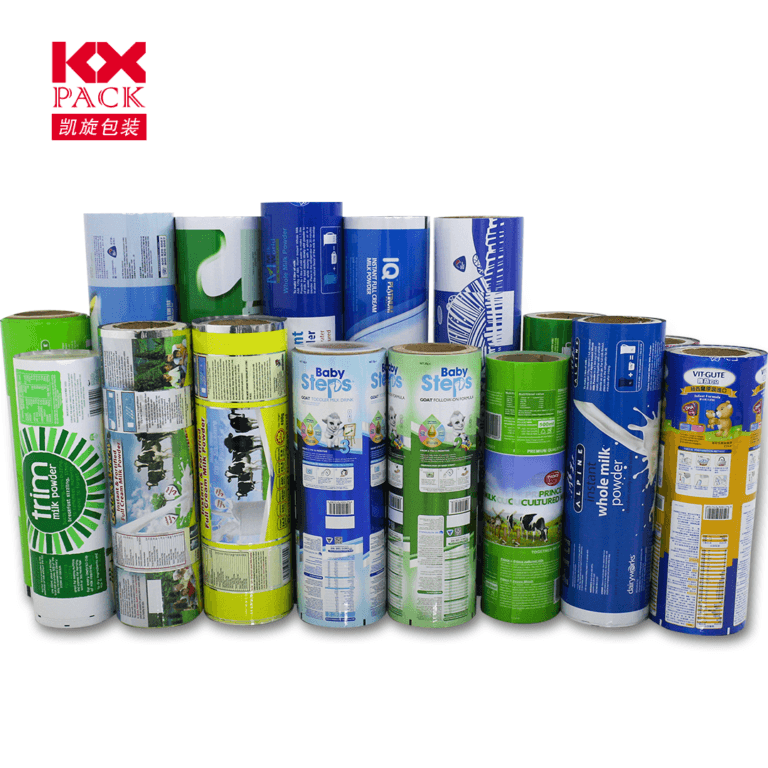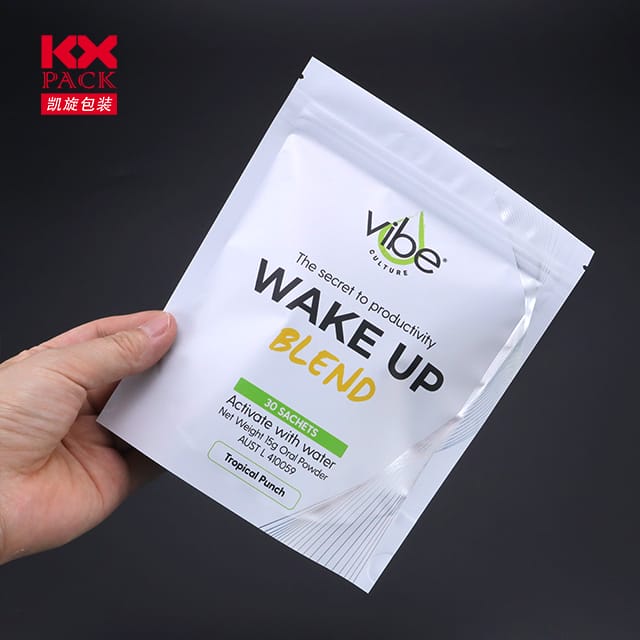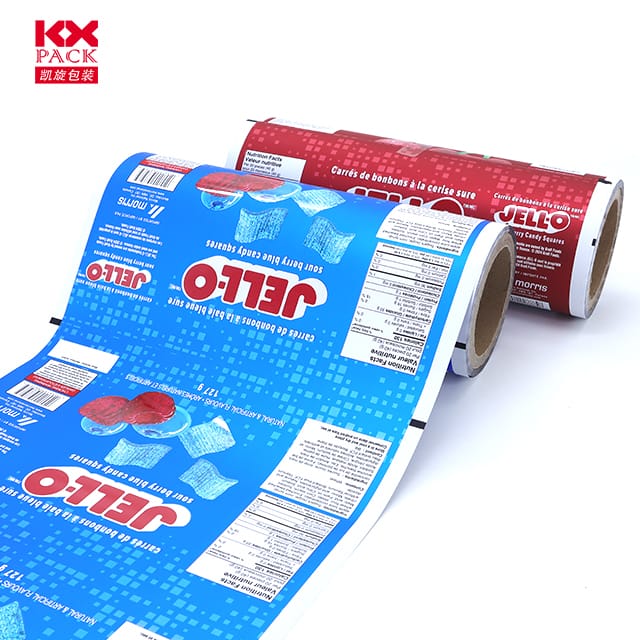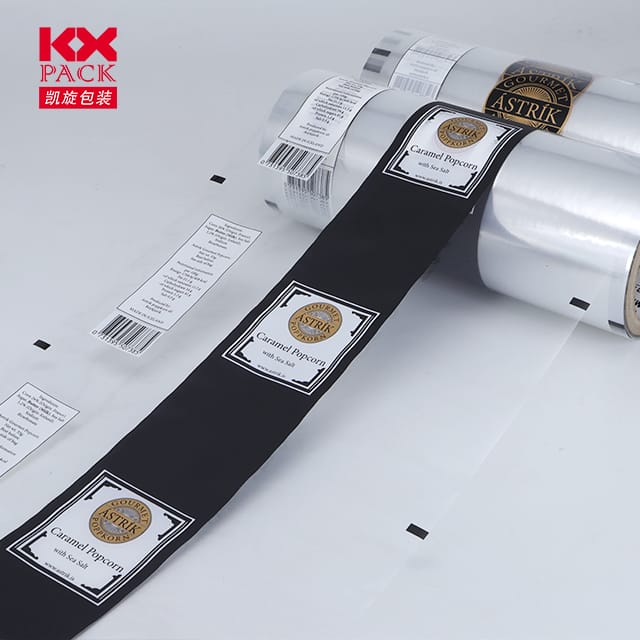印刷电影的艺术和科学: 从模拟根到数字创新(6)
印刷电影
In an age dominated by digital screens and instant downloads, 期限印刷薄膜 might evoke nostalgia for old-school darkrooms or vintage movie reels. 然而, 这种多功能媒介仍然是从摄影和电影制作到包装和广告的行业的基石. 让我们深入了解印刷电影的世界, 探索它的历史, 现代应用, and why it continues to thrive in a digital world.
什么是印刷电影?
以其核心, printig film refers to a transparent or translucent material coated with light-sensitive emulsions or specialized inks. It serves as a bridge between digital or analog imagery and physical output, enabling high-quality reproductions on surfaces like paper, 织物, 金属, or glass.
There are two primary types:
- Photographic Film: Used in traditional cameras and darkroom printing, this film captures images through chemical reactions when exposed to light.
- 数字印刷膜: Designed for modern printers, this film acts as a substrate for inkjet or laser printing, producing vibrant, durable graphics for banners, 贴纸, and signage.
简史: From Silver Halides to Pixels
The story of priting film begins in the 19th century with the invention of photographic emulsions. Early filmmakers and photographers relied on nitrocellulose-based film, which later evolved into safer acetate and polyester bases. For decades, printing film was synonymous with analog processes—developing negatives, enlarging prints, and hand-coloring images.
The digital revolution of the late 20th century transformed the industry. While traditional film usage declined, advancements in inkjet technology and material science gave rise todigital printing films tailored for large-format printers. These films now dominate commercial applications, offering unmatched precision and cost-efficiency.
Modern Applications of Printing Film
- 摄影 & Art Reproduction
Fine art photographers and galleries use archival-quality priting film to produce museum-grade prints that resist fading for decades. The film’s smooth surface and lightfast inks ensure true-to-life color reproduction. - 广告 & 标牌
From billboards to retail displays, digital printing films enable eye-catching visuals on a massive scale. Their waterproof and UV-resistant properties make them ideal for outdoor use. - 打包 & 标签
Brands leverage transparent priting films for product labels, 收缩袖子, and flexible packaging. These films combine durability with the ability to showcase intricate designs. - Motion Picture & Television
Though rare today, some filmmakers still use analog film for its unique aesthetic. More commonly, digital intermediates (DIs) are printed onto film for archival purposes or theatrical releases in niche cinemas.
Why Printing Film Still Matters
- Tangibility: In a digital-first world, physical prints offer a lasting, shareable experience.
- 质量: High-resolution films deliver gradients, 纹理, and details that screens often can’t match.
- 多功能性: They adapt to diverse surfaces and environments, from frosted glass decals to car wraps.
- 可持续发展: Many modern films are eco-friendly, using biodegradable coatings or recyclable bases.
The Future of Printing Film
随着技术的发展, film is embracing innovation without losing its essence. Emerging trends include:
- 智能电影: Interactive displays that change color or content with electrical signals.
- 3D Holographic Films: Creating immersive visuals for retail and events.
- Nano-Coated Films: Enhancing durability and anti-graffiti properties for urban infrastructure.
结论
Printing film is far from obsolete—it’s evolving. Whether preserving memories, promoting brands, or pushing creative boundaries, this medium continues to prove that physicality and quality still hold immense value.
Next time you pass a dazzling storefront display or admire a framed photograph, 记住: behind the visuals lies a thin, powerful layer of printing film, blending tradition with cutting-edge technology.
Have you worked with printing film in your projects? Share your experiences or favorite applications in the comments! 🎞️🖨️







